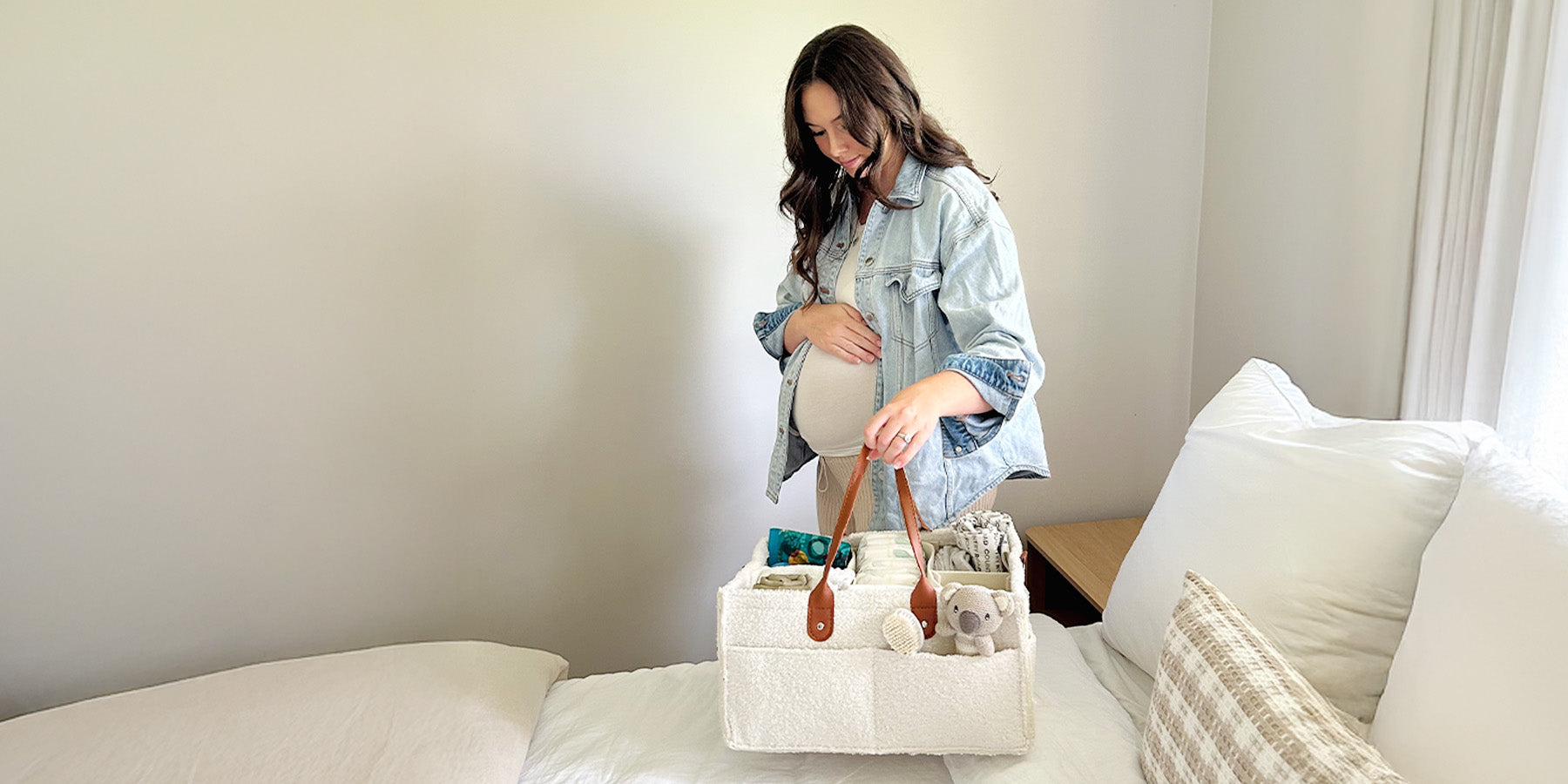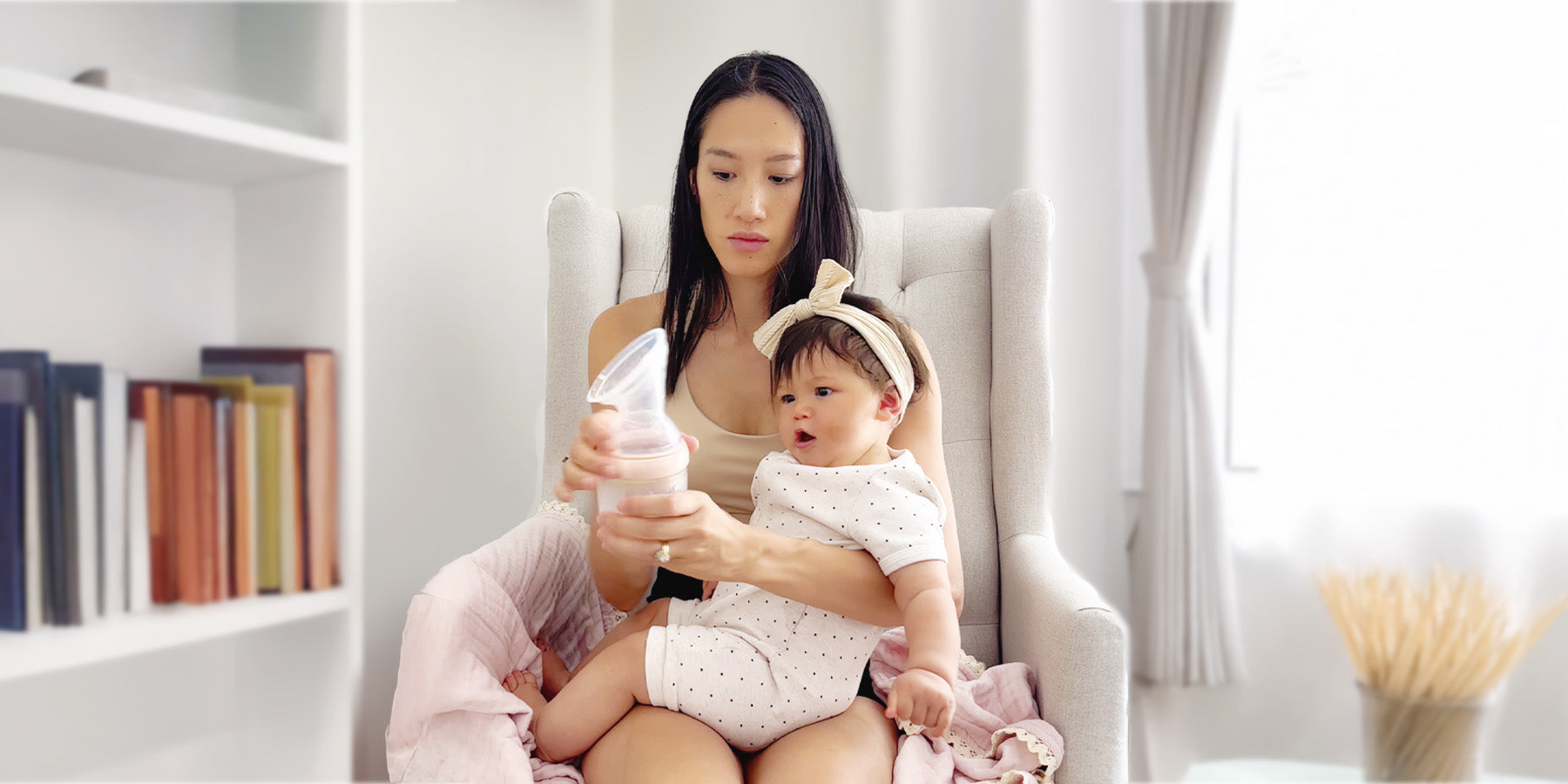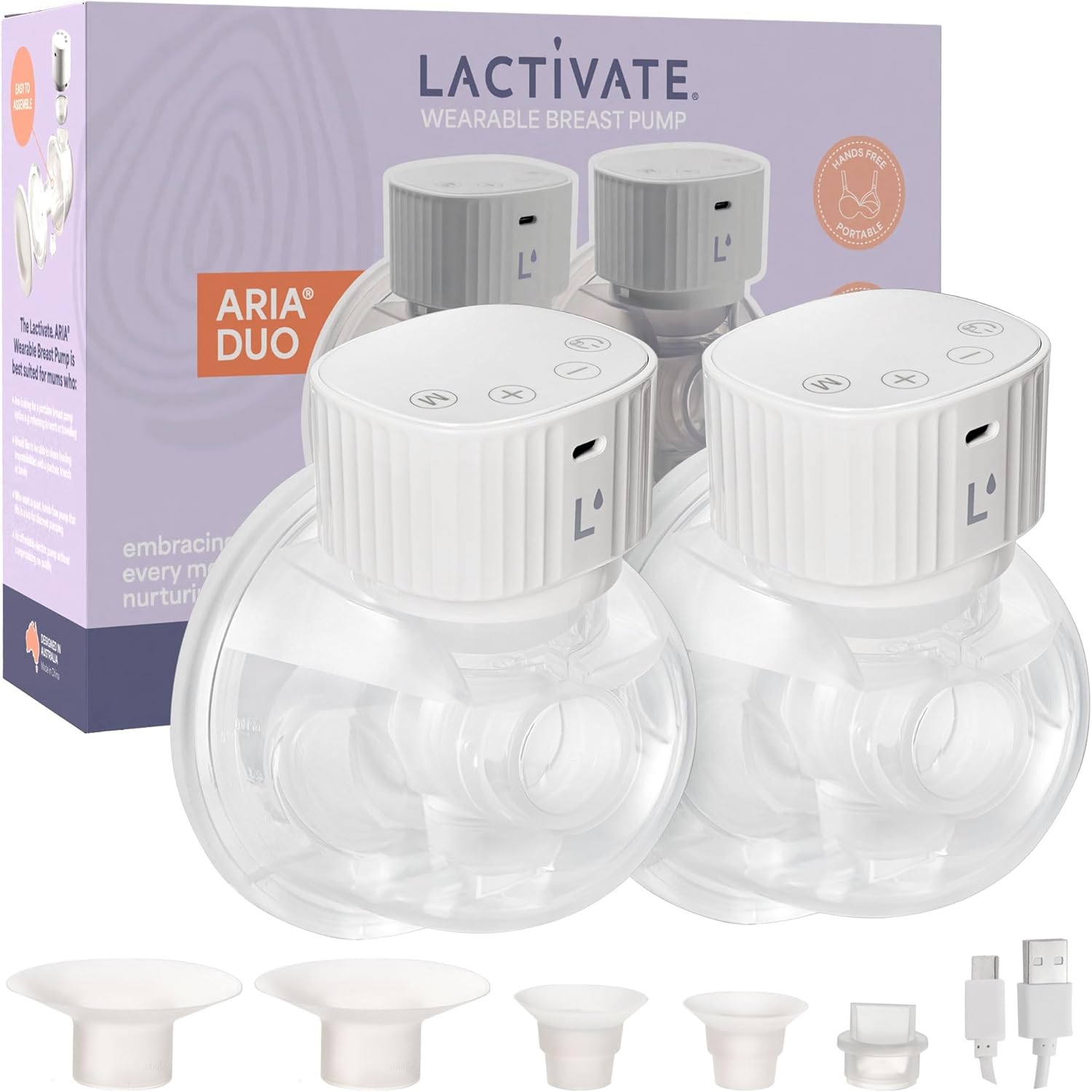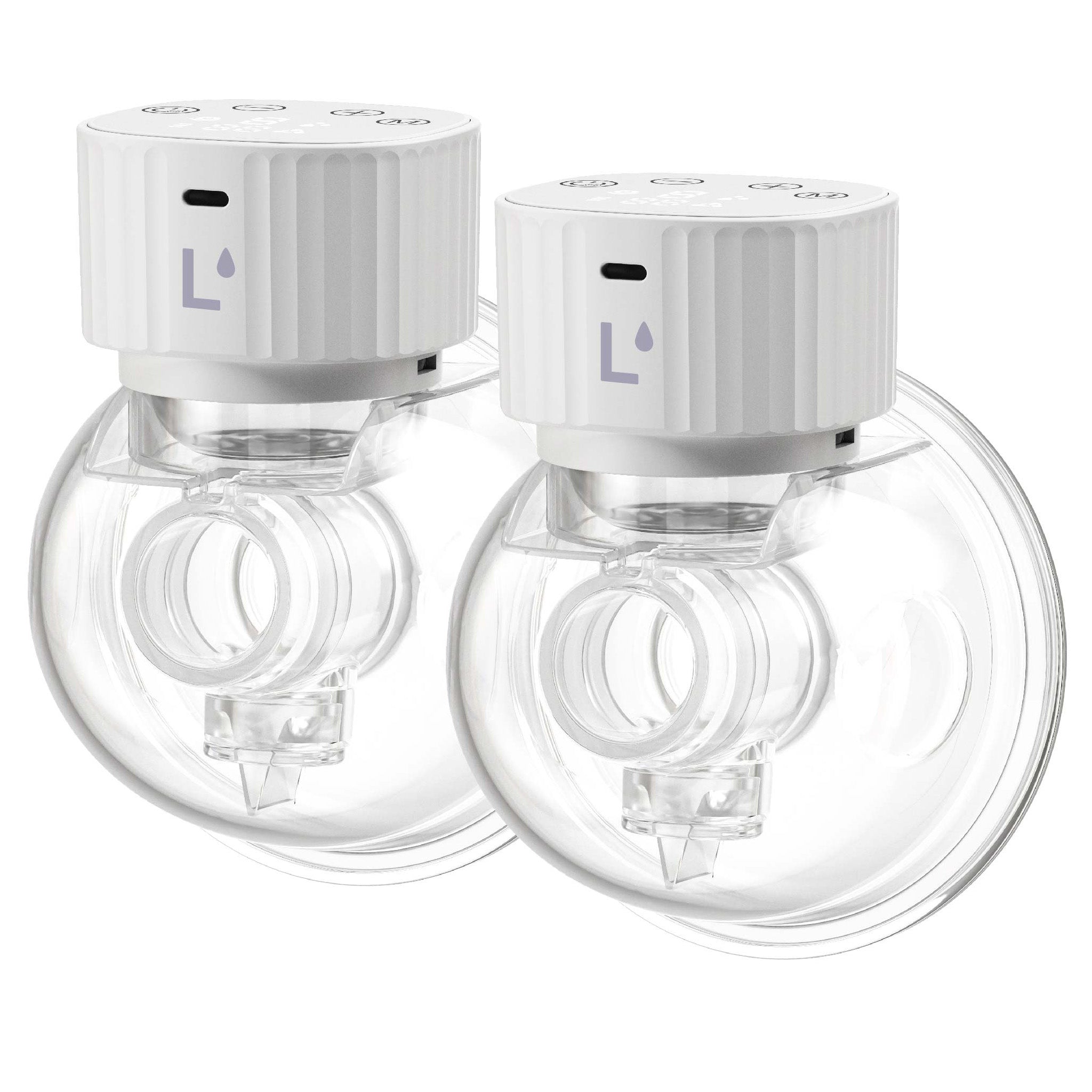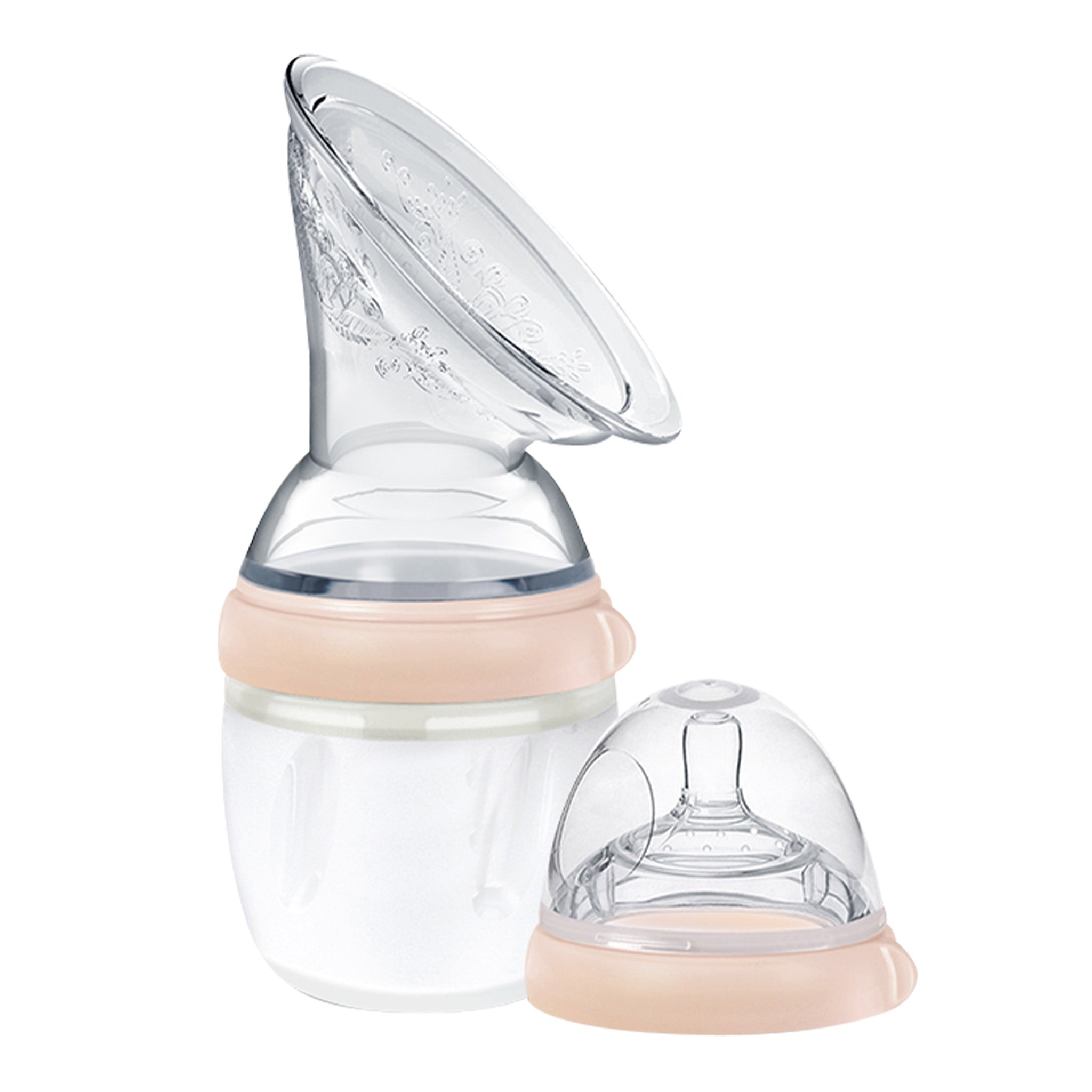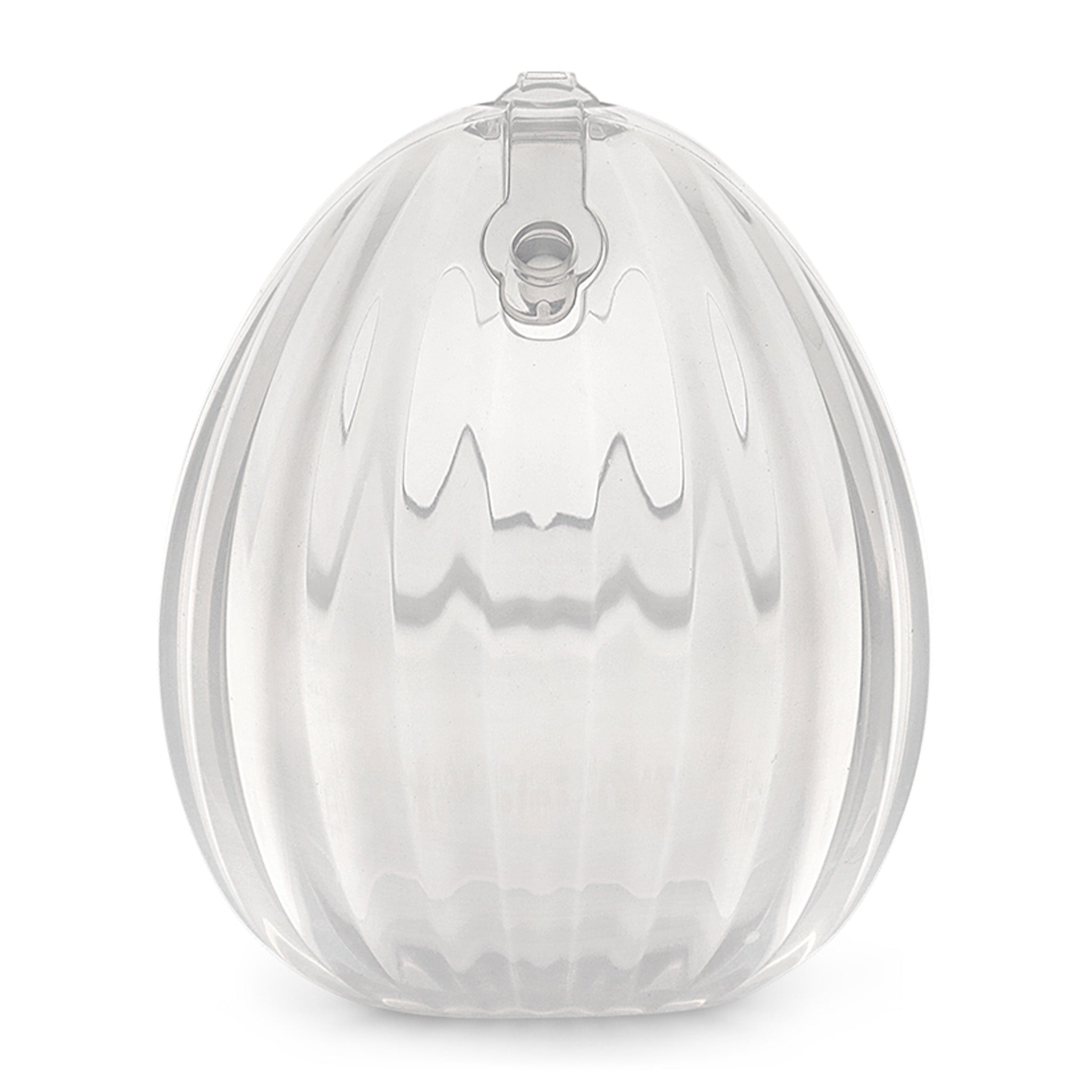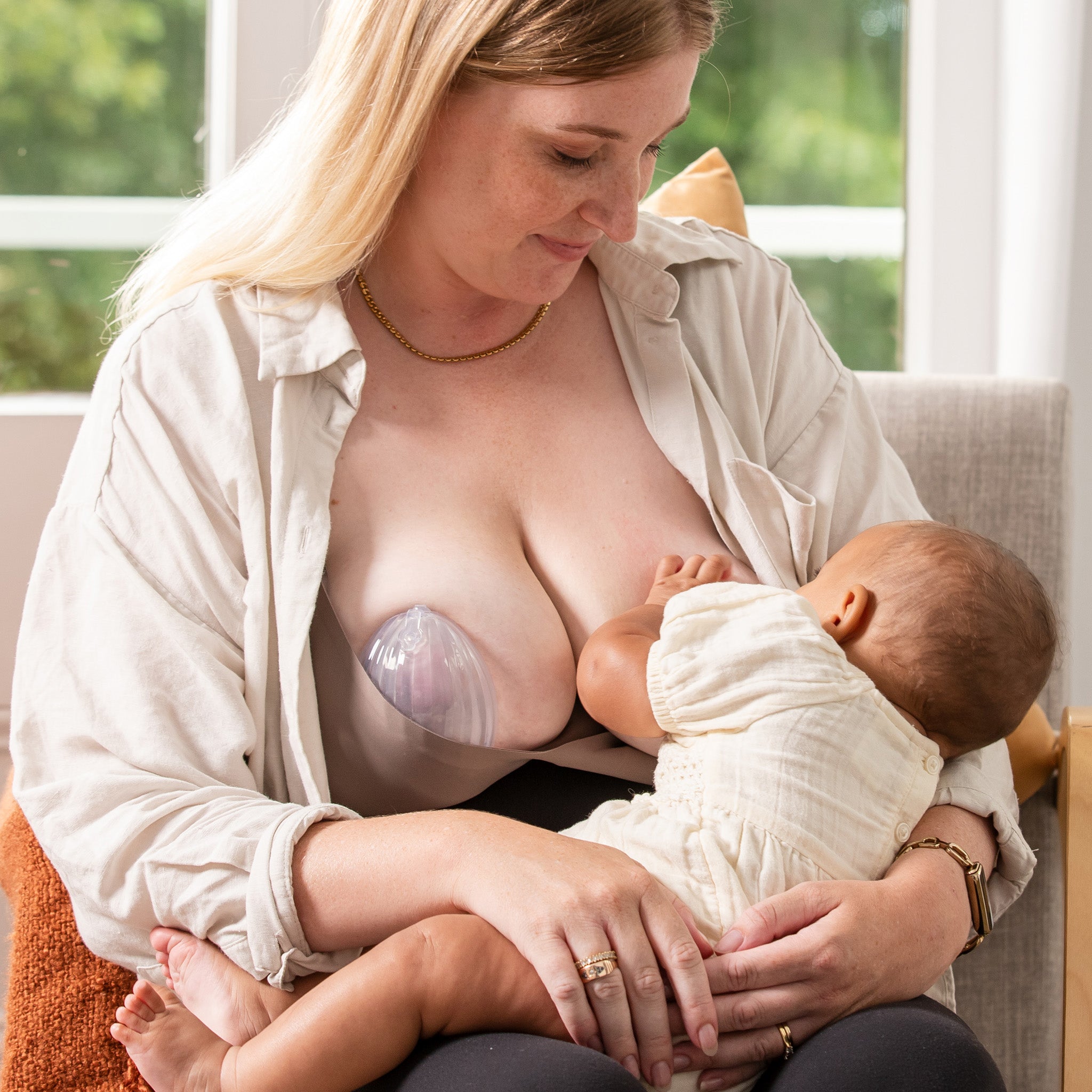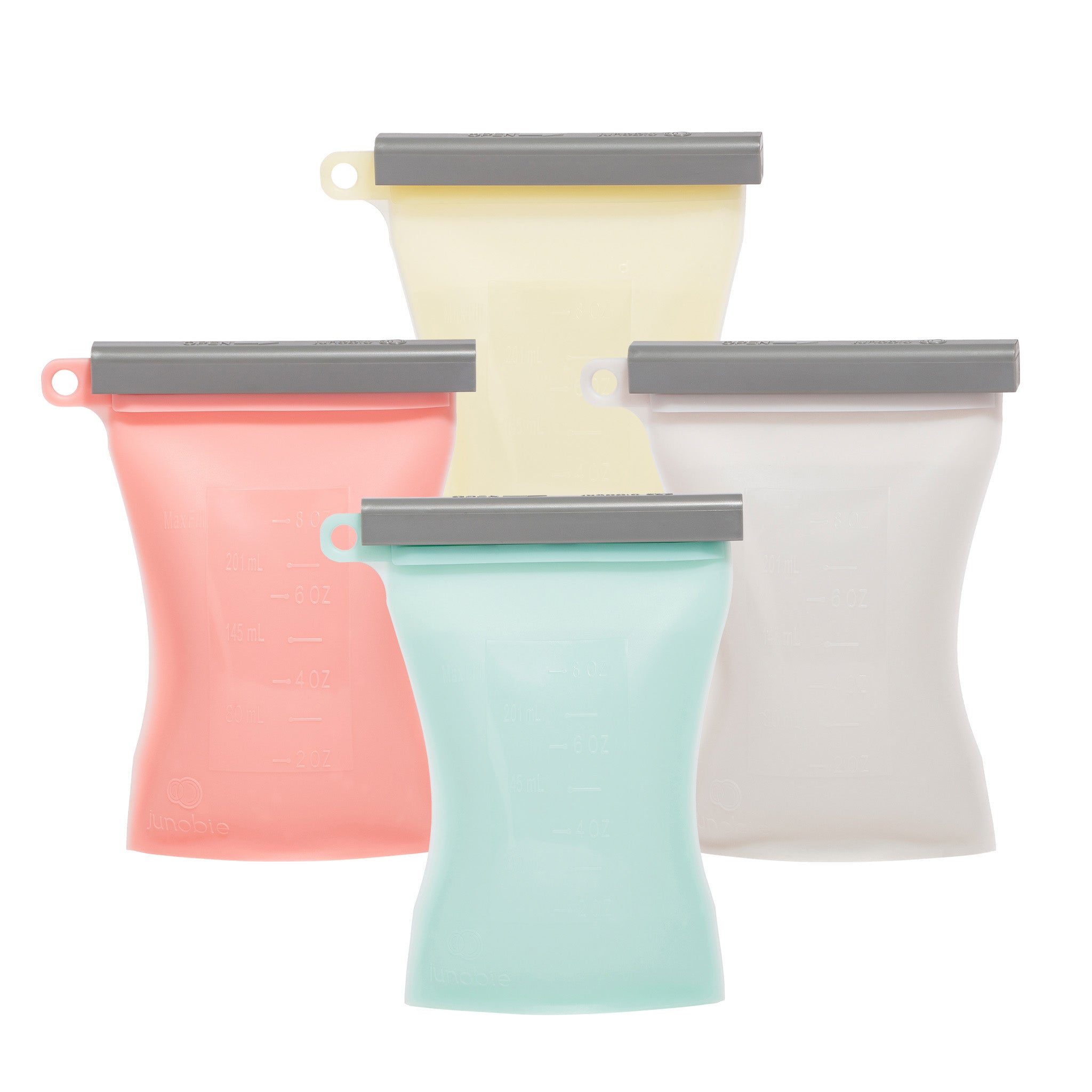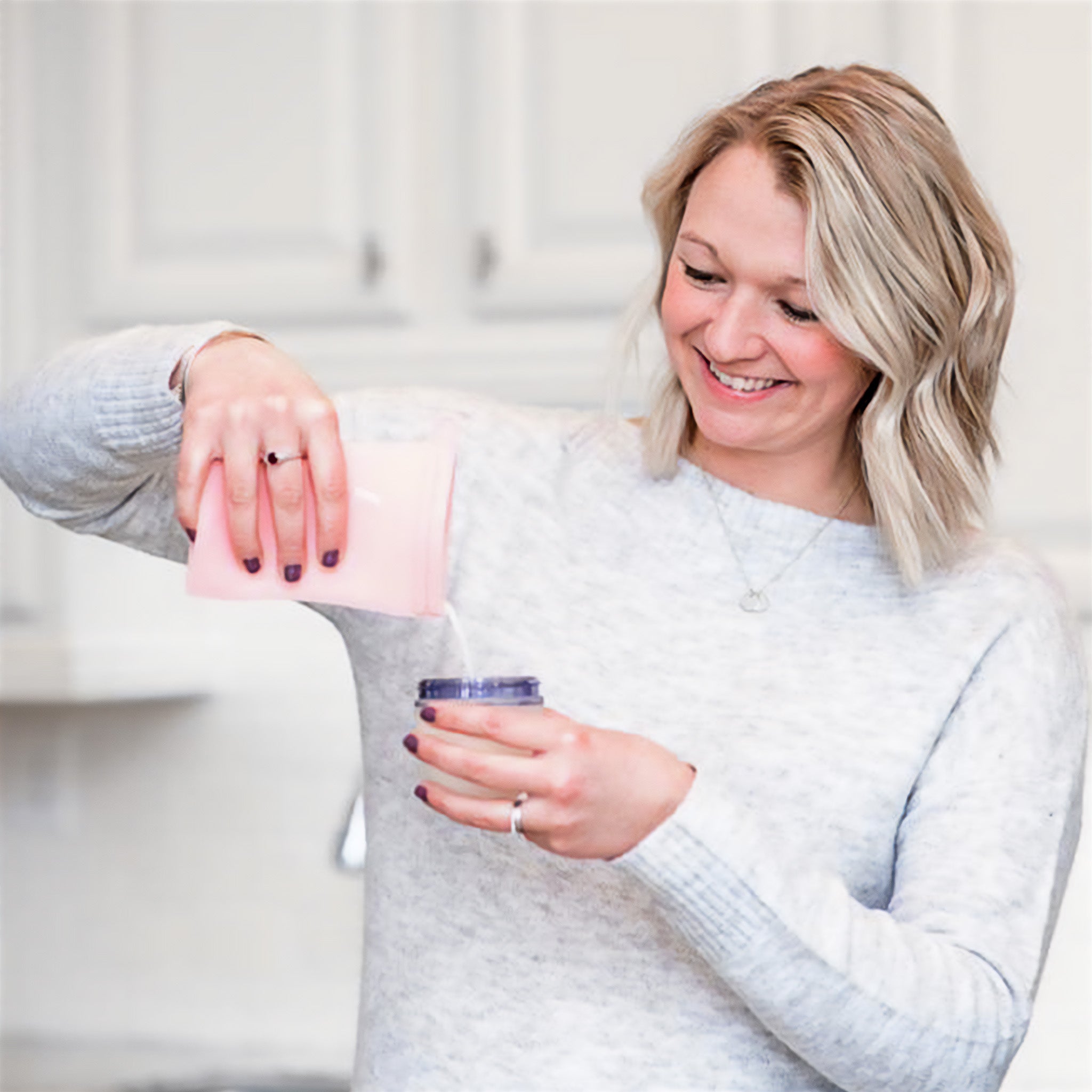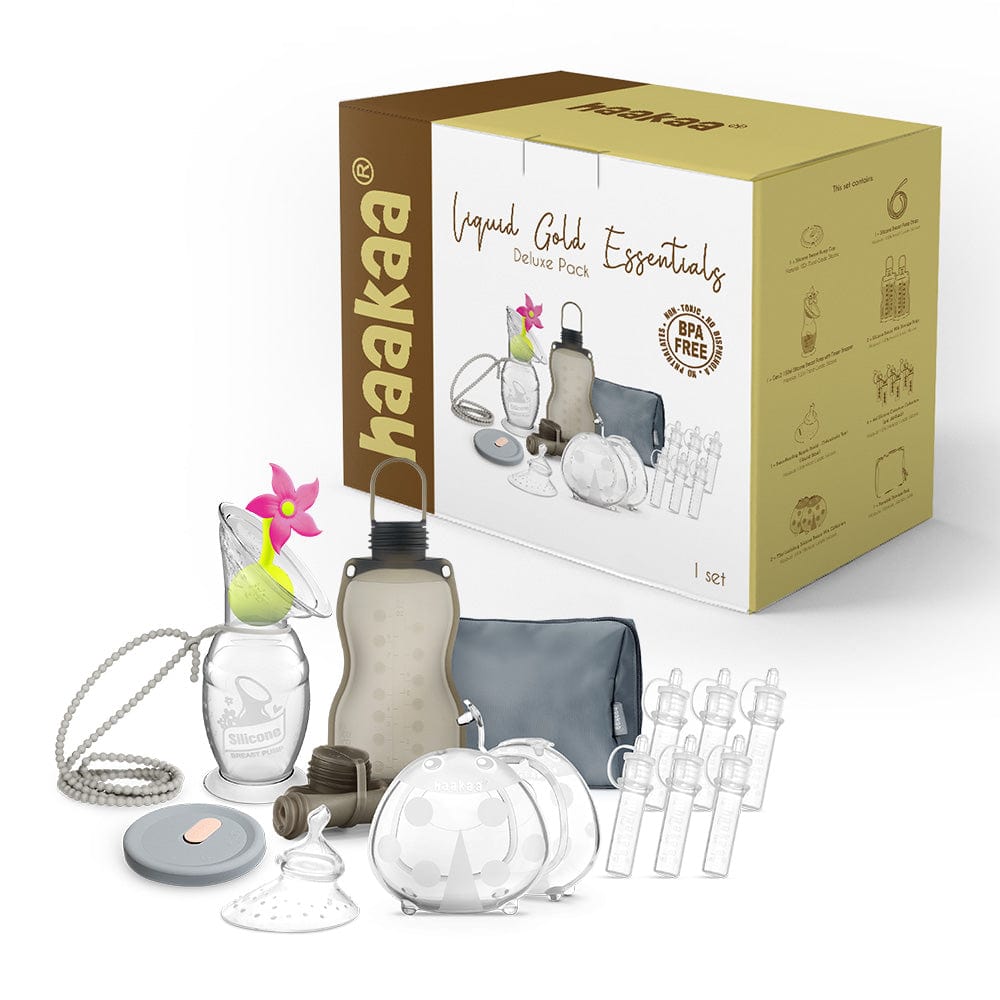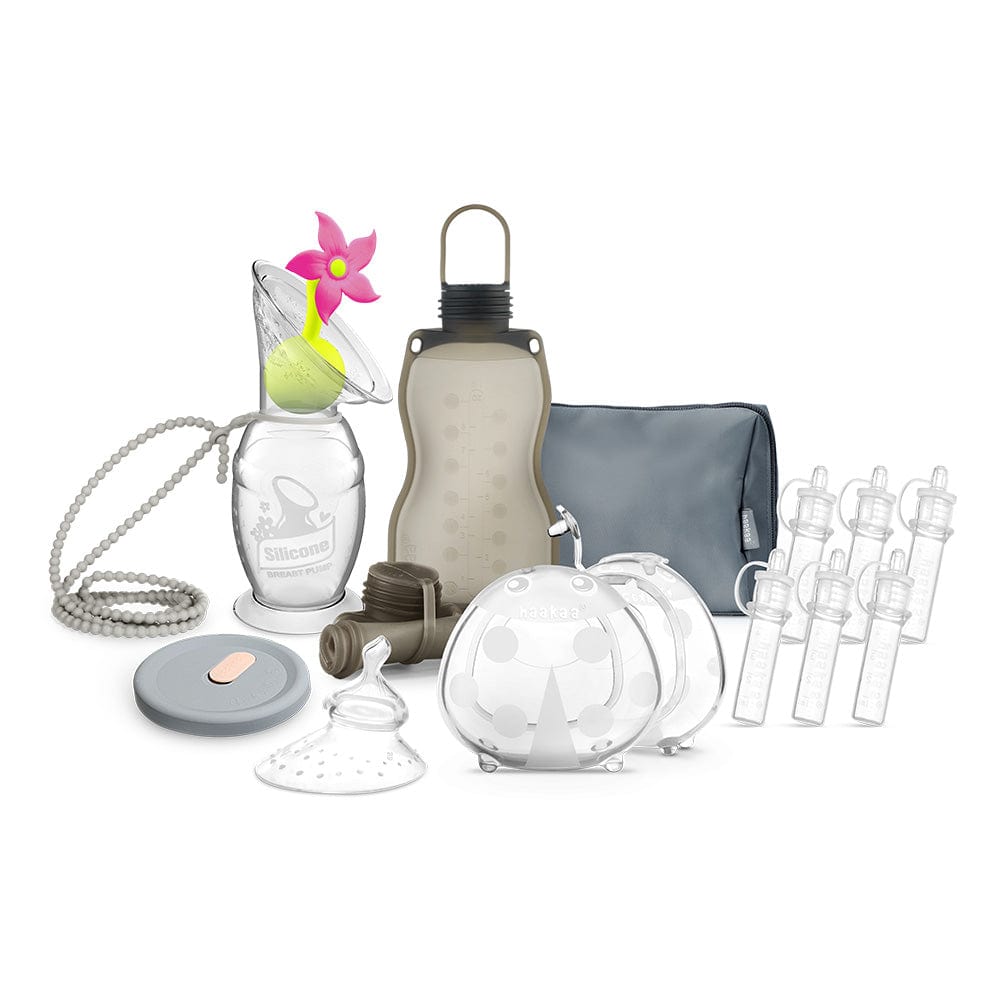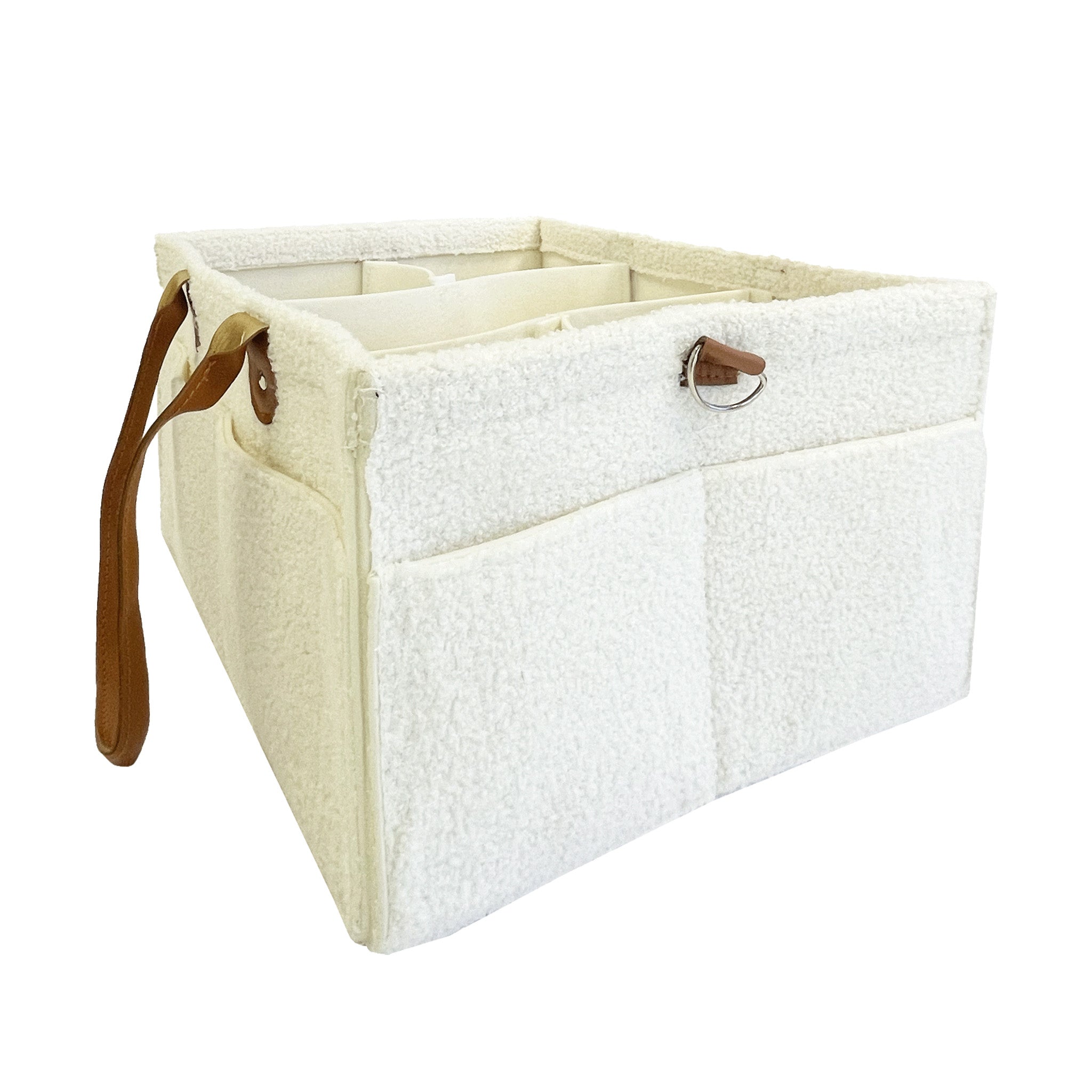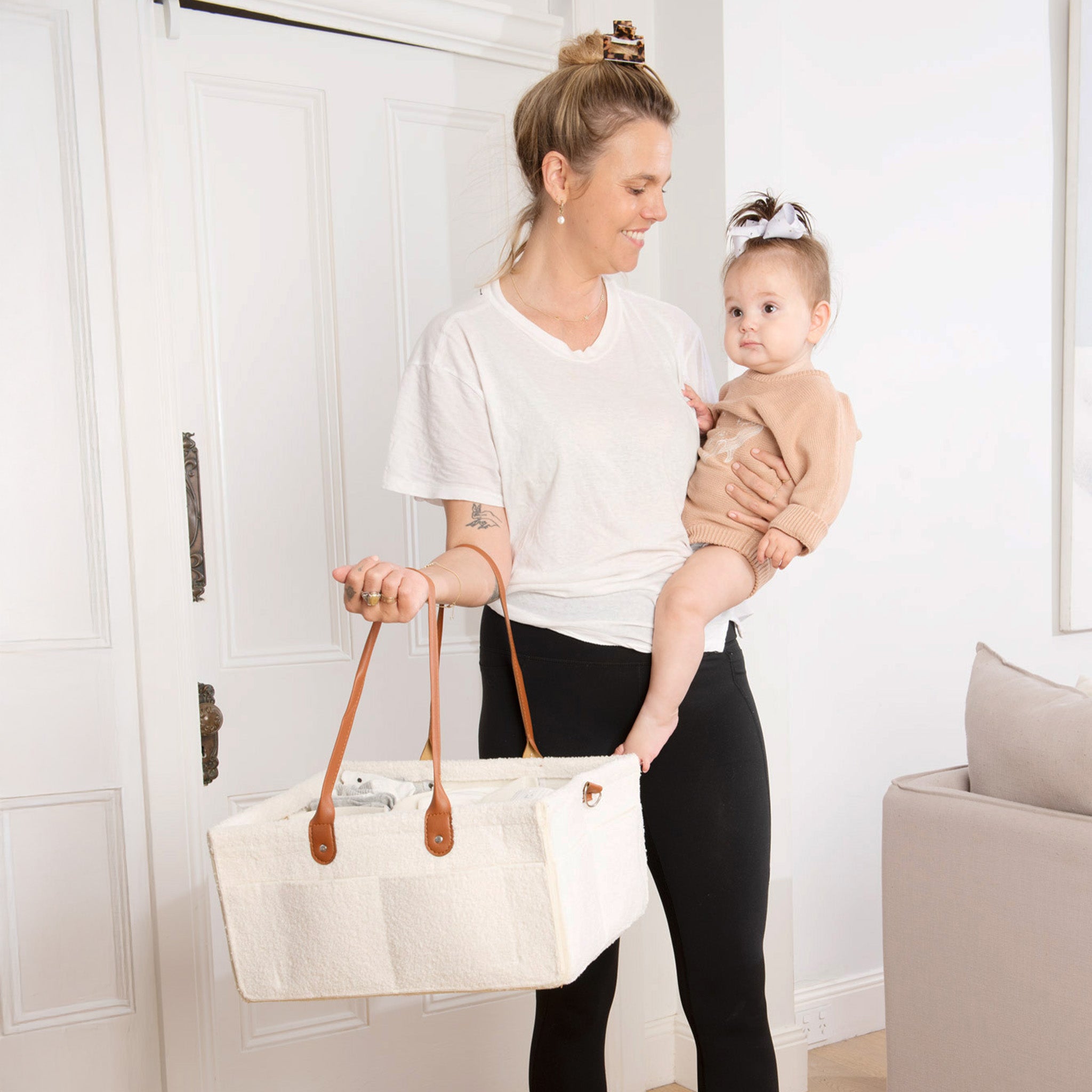If you have been Breastfeeding for a while now, or are getting all your research in before baby arrives, you've likely heard of or experienced a number of common breastfeeding concerns, such as damaged nipples, blocked milk ducts and mastitis.
DON'T PANIC. We've put together for you a handy little guide on how to look after your breasts and nipples while breastfeeding, including ways to both prevent AND treat these ailments if they do pop up.
Damaged Nipples
One of the most common complaints from breastfeeding mums is nipple pain. Particularly if it's your first time breastfeeding, it takes time for your nipples to get used to being sucked on all day. Pain may be from your body getting used to breastfeeding, a bad latch, cracked or bleeding nipples, blisters or thrush.
Prevention:
- Ensure baby has a good latch (we have a blog on latching here)
- Make sure to only touch your nipples with clean hands
- After a feed, rub some of your own breastmilk on your nipples and allow to air dry (did you know breastmilk has antimicrobial qualities!)
- Use nipple balm after feeds
- Use nipple shields while feeding to reduce pain
- Give the girl's some air!
Treatment:
- Breastfeeding Nipple Shields are a great tool that allows you to continue breastfeeding while your damaged or sore nipples heal. Read more about our Breastfeeding Nipple Shields here
- If you develop thrush you will need to see your medical practitioner, who will prescribe an antifungal treatment. Note that your baby may develop oral thrush at the same time and also require treatment.
- Milk blisters, also known as blebs, can generally treat them at home. Try warm compresses and gentle nipple massage to encourage the blep to unblock itself. Even better, try the Haakaa and Epsom Salt Hack! DO NOT pop the blisters with a needle as that makes you vulnerable to infection. If you are concerned see your medical practitioner
- If you believe your babies latch is the cause of your sore or damaged nipples, seek help and support from a lactation consultant. A correct latch isn't just important for protecting your nipples, it also ensures the baby is able to get the amount of milk they need.
- Breast compresses or breast disks can be applied between feeds to relive pain and promote healing
- You may choose to use pain relief medication while healing, but confirm which medications are safe while breastfeeding by contacting your medical provider, pharmacist or Mothersafe.
Engorgement
Engorgement is normal and expected when your milk first comes in. No one told me that my boobs were going to look like rock melons - I could actually see some of the pattern of my milk ducts through my skin! Fascinating and odd, right.
It's also common to face engorgement in other stages of your breastfeeding journey too.
Prevention:
- Ensure that your breasts are adequately and regularly drained
- Breastfeed on demand
- Ensure the baby has a good latch
- Regularly try different breastfeeding positions to ensure all milk ducts are drained
- DO NOT over pump
- Massage your breast with your hands or a breast massager and/or use warm compresses or heat packs to encourage let down and full draining of the breast
Treatment:
- Breast ice packs can help relieve the pain of engorgement and soothe swelling
- Hand express or use a manual breast pump to express a little bit of milk in order to relieve the discomfort. Remember, DO NOT over pump as that will encourage your body to over produce and lead to more engorgement
- Wear a firm, but not too tight, bra or crop top
Read our full blog about managing engorgement here
Blocked Milk Ducts and Mastitis
A blocked or clogged milk duct is usually caused by a build up of milk that becomes trapped. While it's not 100% clear what causes the build up, it's thought that insufficient draining of the breast is usually to blame. If a blocked milk duct isn't drained properly it can lead to mastitis, a.k.a. fever of the breast.
Prevention:
- Ensure that your breasts are adequately and regularly drained
- Breastfeed on demand
- Ensure the baby has a good latch
- Regularly try different breastfeeding positions to ensure all milk ducts are drained
- Lecithin supplements can thin your breastmilk and help prevent blocked milk ducts
- Massage your breast with your hands or a breast massager and/or use warm compresses or heat packs to encourage let down and full draining of the breast
Treatment:
- The Haakaa and Epsom Salt hack! Fill your Haakaa with warm water, add Epsom Salt and apply to your breast. The gentle suction and warmth can help draw out the blockage
- The warmth and vibration combo. Massage your breast with your hands or a breast massager and/or use warm compresses or heat packs to help knock out the blockage. Similarly you could massage your breast in a warm shower or both
- If you believe you have mastitis (symptoms include a sore red breast and flu-like symptoms) please seek medical care. You may require antibiotics to help clear the infection
Read our full blogs about managing Blocked Milk Ducts and Mastitis


